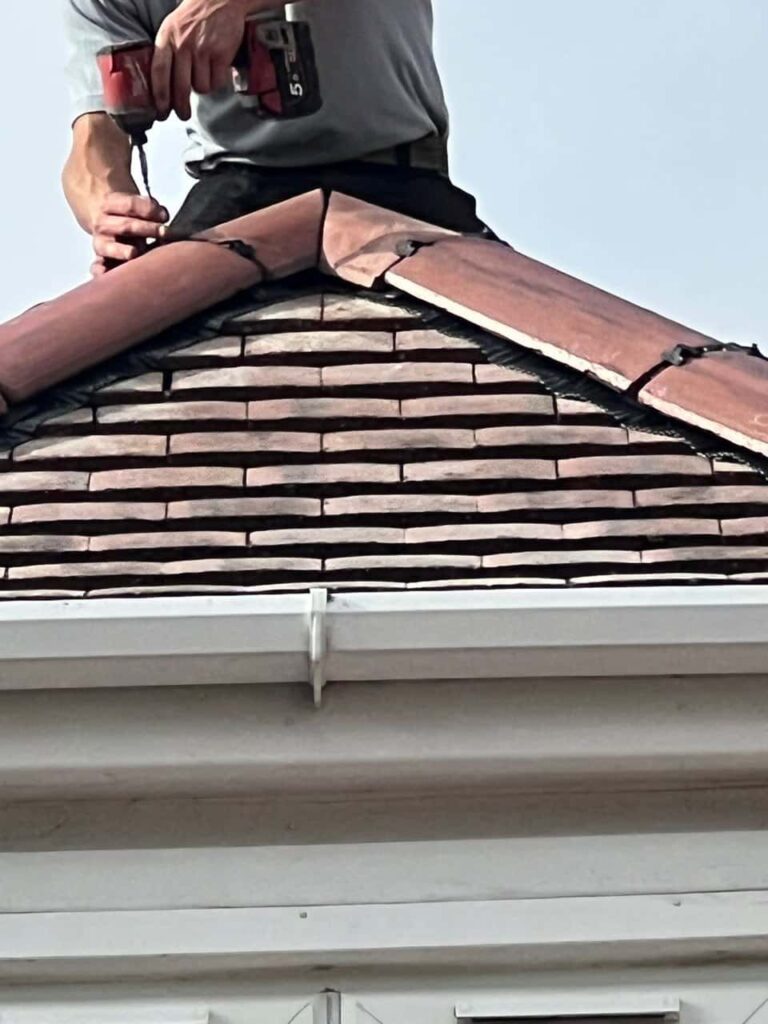Introduction
Liquid roof coverings are a popular choice for flat roofs because they provide seamless, waterproof protection. However, like all roofing materials, they have a lifespan and will eventually show signs of wear and tear. Spotting the early indicators of failure is crucial to prevent water damage and costly structural repairs. Erith Roofing Repairs is here to explain what to look out for so you can act quickly.
Cracks and Splits in the Coating
One of the earliest warning signs is the appearance of small cracks or splits in the liquid membrane.
- Hairline cracks may appear harmless but can allow moisture to penetrate over time.
- Larger splits or blisters are an urgent problem and need professional attention to prevent leaks.
Regular roof inspections can help catch these issues before they become serious.
Ponding Water After Rain
A well-installed liquid roof covering should allow water to drain efficiently. If you notice water pooling on your roof for more than 48 hours after rain, it may indicate:
- A problem with the roof’s slope or drainage
- Degradation of the membrane’s surface
- Blocked outlets preventing proper runoff
Ponding water accelerates wear and increases the risk of leaks, so it should never be ignored.
Peeling or Flaking Surface
A quality liquid roof covering should maintain a smooth, bonded finish. When you see peeling or flaking, it may mean the material is losing adhesion to the substrate below.
- Peeling edges are especially concerning as they allow water to creep underneath.
- Exposed areas may lead to corrosion of metal decking or rot in timber structures.
Professional re-coating or repair from Erith Roofing Repairs can often solve this before replacement becomes necessary.
Discolouration or Fading
While some fading is normal with UV exposure, dramatic colour changes may signal that the roof’s protective layer is breaking down.
- Chalky residue on the surface is a sign of UV degradation.
- Patchy areas can mean inconsistent coverage and weakened waterproofing.
This is the ideal stage to call in a professional before the integrity of the system is compromised.
Leaks or Damp Patches Inside
If you notice damp patches on ceilings, walls, or insulation, it’s a clear indication that the roof covering has already failed in one or more areas.
- Water ingress can spread quickly, even from a small breach.
- Musty smells may be the first clue, even before visible damage appears.
Conclusion
A failing liquid roof covering doesn’t have to take you by surprise. By regularly checking for cracks, ponding water, peeling edges, fading, and internal dampness, you can act before a minor problem turns into major damage. Erith Roofing Repairs in Erith, Greater London, can inspect your roof, carry out targeted repairs, or recoat the surface to restore full waterproof protection. Taking action early is the key to extending your roof’s lifespan and avoiding disruption to your home or business.
Call us on: 01322 952 296
Click here to find out more about Erith Roofing Repairs
Click here to complete our contact form and see how we can help with your roofing needs.

